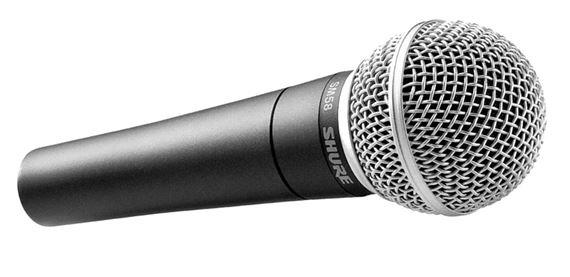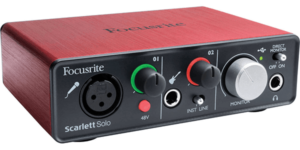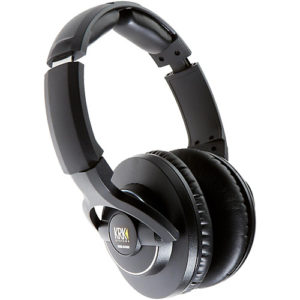Performing live shows is very important to for your career as an artist. It will go a far way in growing your fan base and helping you earn money. But to get live shows one has to wait to get booked. Or even go out and try to convince a promoter to put you on their show.
What it if you don’t have to do that and take matters into your own hands and host a few live shows of your own. In this article I will be sharing why doing so can be an advantage.
Expose your music to other artist fans
One of the main advantage is exposing your music to other artist fans. When putting together the line up for your shows, you can book other artist that has a similar fan base to yours. This can be a way for you to cross promote your music. This will help you gain more followers and increase your earning potential. This is even great when you are trying to break into a new market.
For example, in Jamaica there is a show called Unity in the City. It is a gospel music event with a mix of local and international gospel recording artist. The promoter I believe is Jermaine Edwards. This is no confirmed but he has been on the line up of the show since it started a few years ago.
The international artist booked are from the United States of America. All signed to a major label, with a fan base worldwide. There is an advantage for the local artist sharing stage with international acts. The fans of the international artist will want to check out the music of the local other. So it’s a win win.
Promote yourself as a headliner
The next advantage to hosting your own shows is to position yourself in the market as a headliner. This is huge because you are sharing stage with headlining artist. Their name can pull people to the show and help boost your image.
When you promote the show, ensure you position yourself as a headliner. That way you will be seen as a headliner by the concert going public as well. You can give yourself a longer time to perform and expose the people to more of your songs.
Positioning yourself as a headliner, can have a huge impact on your career. More persons will want to book you for shows because they see you as a headliner. Your name can pull more persons to shows overtime.
So what this means for Jermaine Edwards and the other local artist on the show?. This can open them up to collaborations on future projects. Also position themselves as international headliners in the same light. Which will only boost their careers for the future it is a genius move and brilliant marketing.
Diversify your income
Last but not least is the diversity it gives your income. Because you are the one hosting the event and producing the show. Part of the profit goes into your pocket. Think about it, you are not only an artist but a concert promoter. This will help to boost your income in the long run.
They are other spill off effects as well. This includes boost in music sales as more persons are discovering your music. Streaming platforms make it easier for persons to listen to your music. There’s no big upfront commitment. If they like your stuff they will listen it more than once.
Unity in the City has establish their brand as a local gospel event of quality. With a quality lineup of performers and will have fans that will visit the event every year. And overtime will be able to stand on its own two feet to get even more international artist.
Conclusion
Hosting your own shows can remove the shackles of depending on promoters to book you for shows. This will put the power in your hands to grow your fan base and increase your income.





